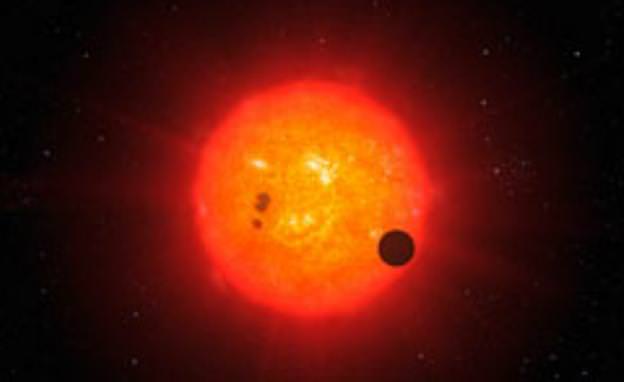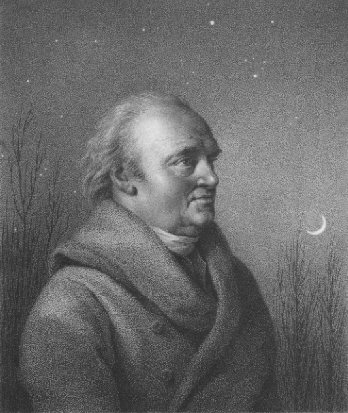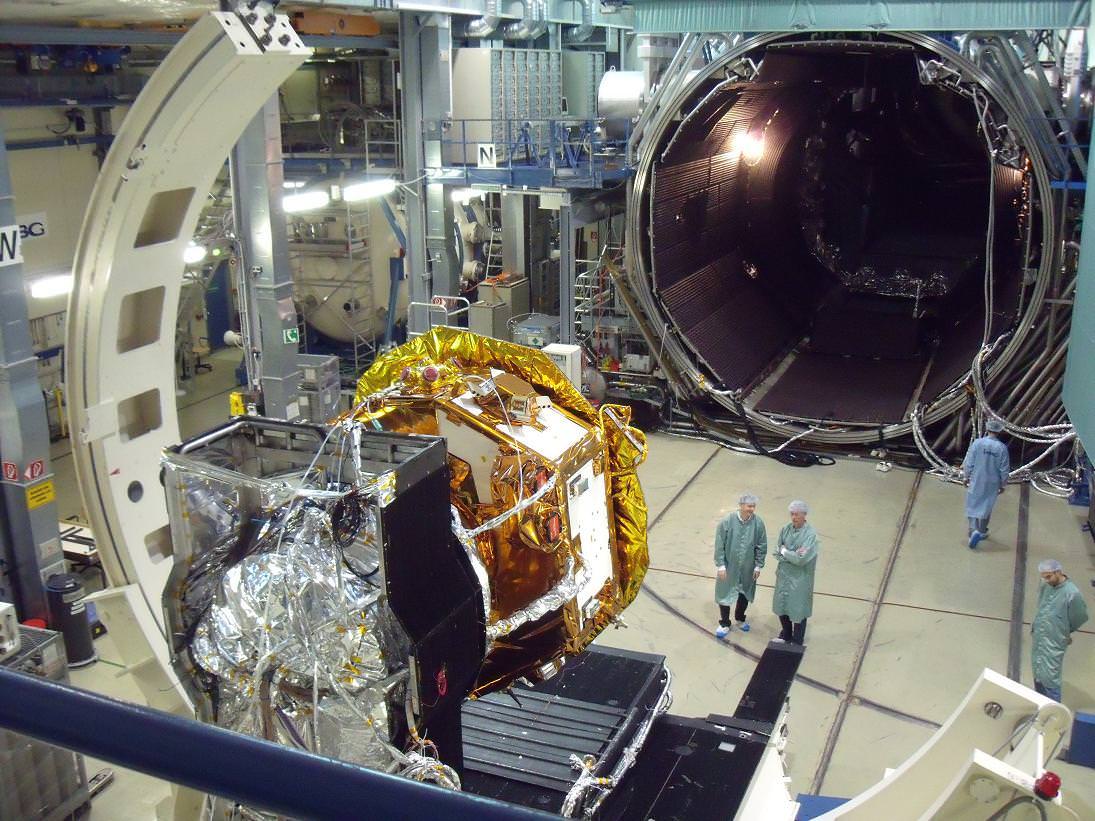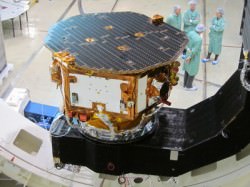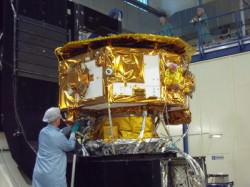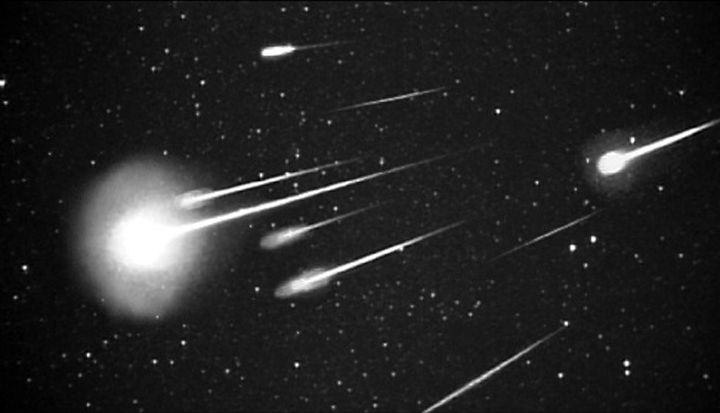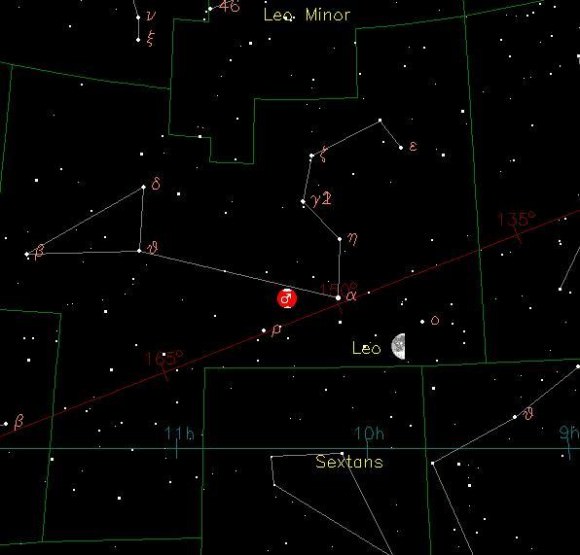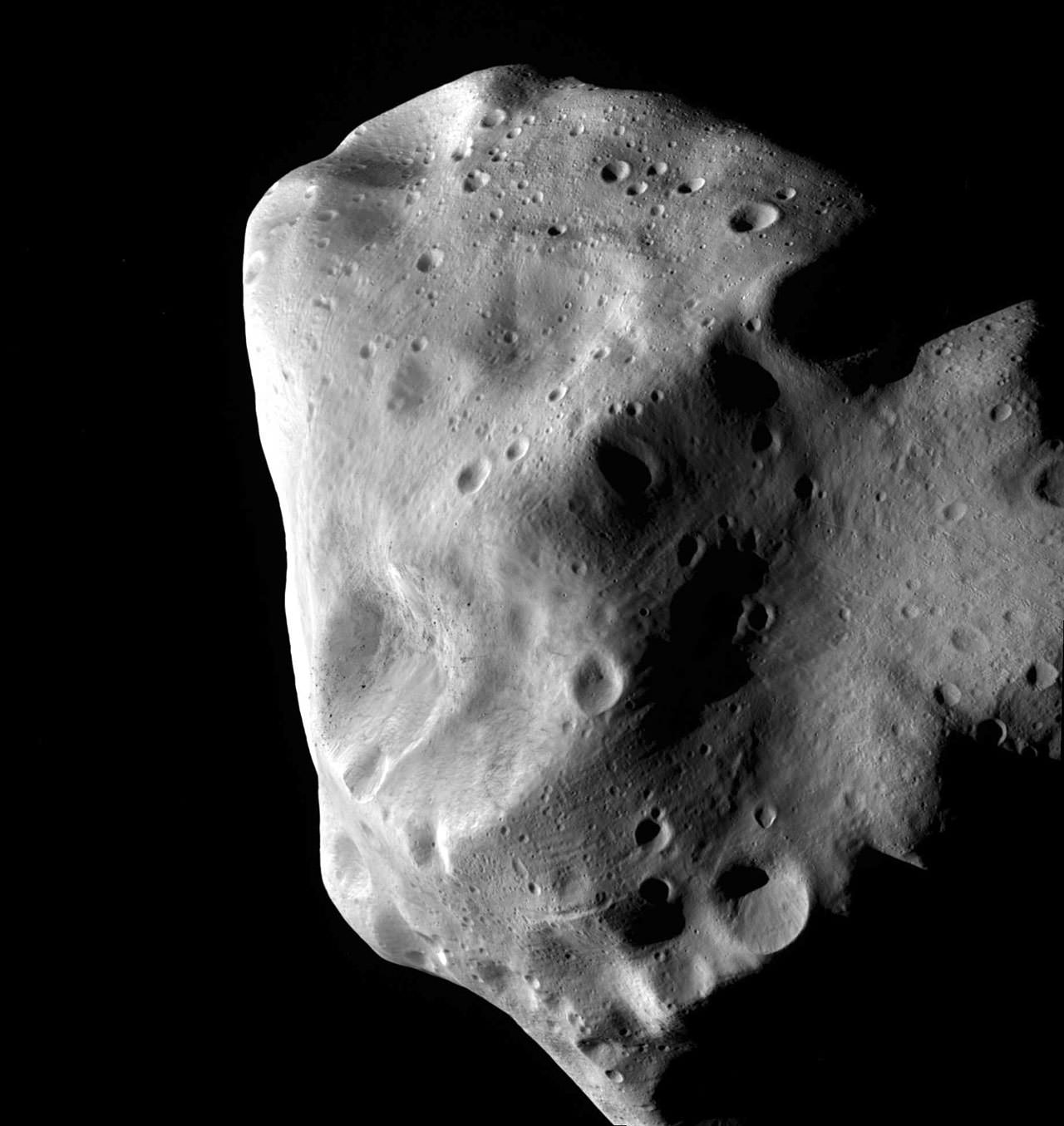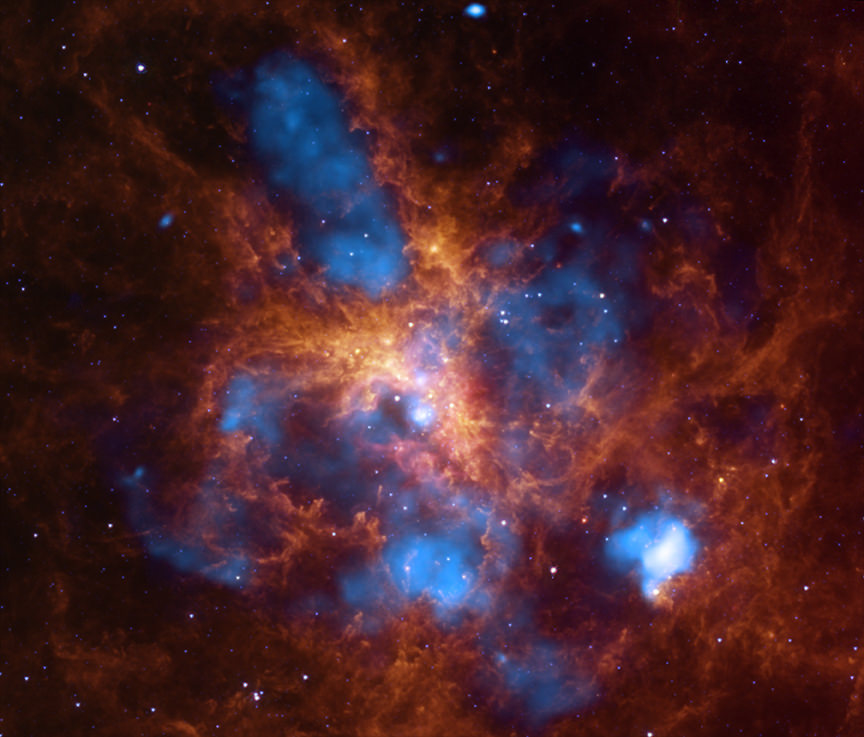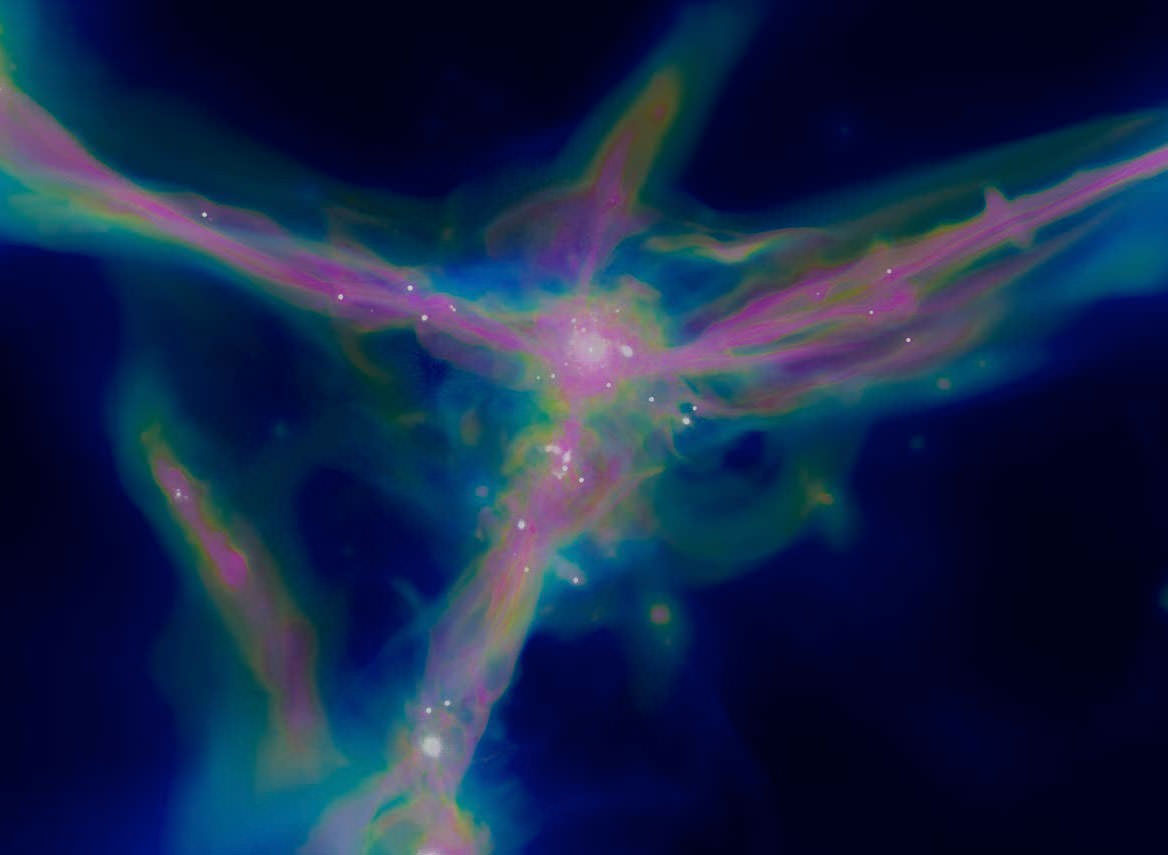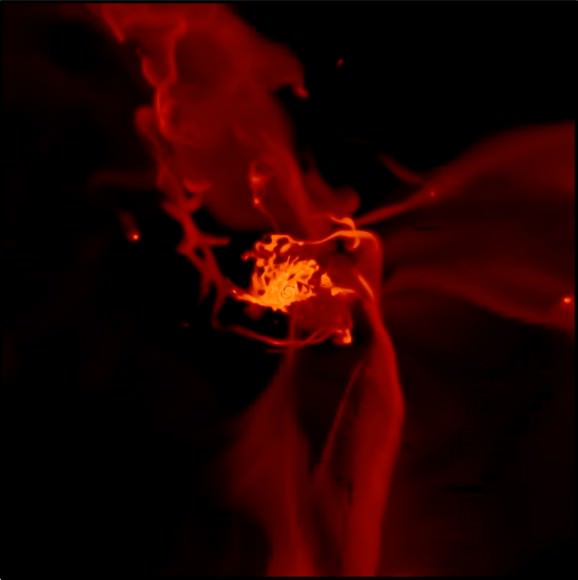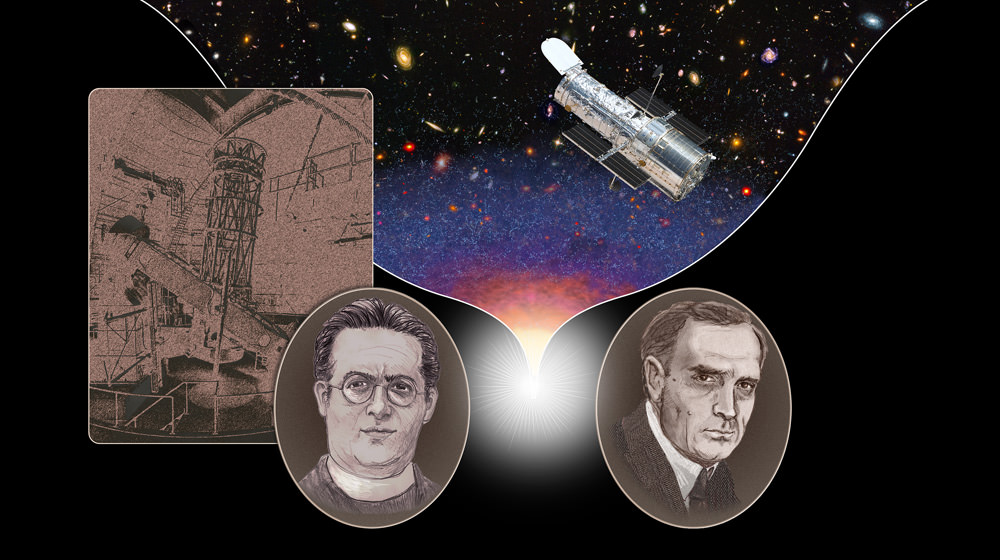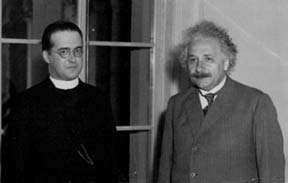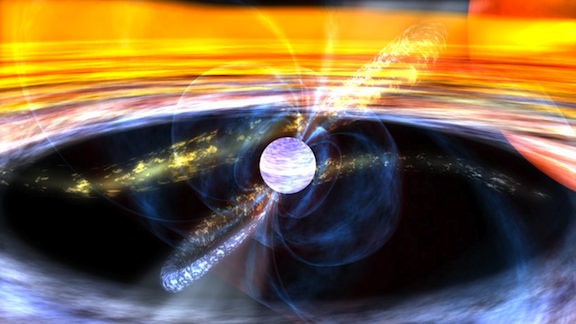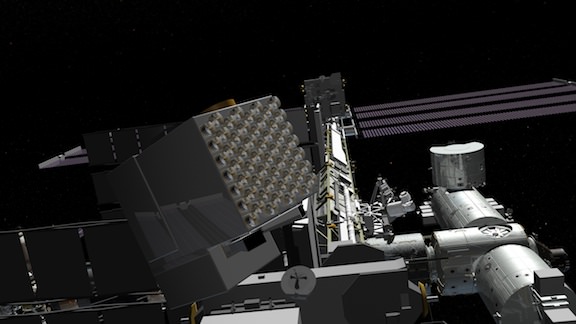[/caption]
It’s referred to as the “Goldilock’s Zone”, but this area in space isn’t meant for sleepy or hungry bears – it’s the relative area in which life can evolve and sustain. This habitable region has some fairly strict parameters, such as certain star types and rigid distance limits, but new research shows it could be considerably larger than estimated.
In a study done by Manoj Joshi and Robert Haberle, the team considered the relationship which occurs between the radiation for red dwarf stars and a possible planet’s reflective qualities. Known as albedo, this ability to “bounce back” light waves has a great deal to do with surface layers, such as ice and snow. Unlike our G-type Sun, the M-class red dwarf is much cooler and produces energy at longer wavelengths. This means a great deal of the radiation is absorbed – rather than reflected – turning the ice and snow into possible liquid water. And, as we know, water is considered to be a primary requirement for life.
“We knew that red dwarfs emit energy at a different wavelength, and we wanted to find out exactly what that might mean for the albedo of planets orbiting these stars.” explained Dr. Joshi from the National Centre for Atmospheric Science, who carried out the research in collaboration with Robert Haberle from the NASA Ames Research Centre.
What makes this theory even more charming is that M-class stars make up a very substantial portion of our galaxy’s total population – meaning there’s even more possible Goldilock’s Zones yet to be discovered. Considering the lifespan of a red dwarf star also increases the chances – as well as the distance a planet would need to be located for these properties to happen.
“M-stars comprise 80% of main-sequence stars, and so their planetary systems provide the best chance for finding habitable planets, i.e.: those with surface liquid water. We have modelled the broadband albedo or reflectivity of water ice and snow for simulated planetary surfaces orbiting two observed red dwarf stars (or M-stars) using spectrally resolved data of the Earth’s cryosphere.” explains Joshi. “In addition, planets with significant ice and snow cover will have significantly higher surface temperatures for a given stellar flux if the spectral variation of cryospheric albedo is considered, which in turn implies that the outer edge of the habitable zone around M-stars may be 10-30% further away from the parent star than previously thought.”
Have we discovered planets around red dwarf stars? The answer is yes. In order to calculate the effects of radiation and albedo, the team chose to use similar M-class stars, Gliese 436 and GJ 1214, and applied it to a simulated planet with an average surface temperature of 200 K. Why that particular temperature? In this circumstance, it’s the temperature at which one bar of carbon-dioxide condenses – a rough indicator of the outer edge of a habitable zone. It is theorized that anything registering below this temperature is too cold to harbor life.
What the team found was high albedo planets register a higher surface temperature when exposed to longer wavelength radiation. This means ice and snow covered planets could exist much further away from a red dwarf parent star – as much as one third more the distance.
“Previous studies haven’t included such detailed calculations of the different albedo effects of ice and snow.” explains Joshi. “But we were a little surprised how big the effect was.”
Original Story Source: Planet Earth OnLine. Further Reading: Suppression of the Water Ice and Snow Albedo Feedback on Planets Orbiting Red Dwarf Stars and the Subsequent Widening of the Habitable Zone.

